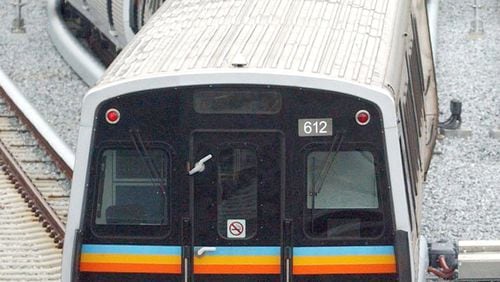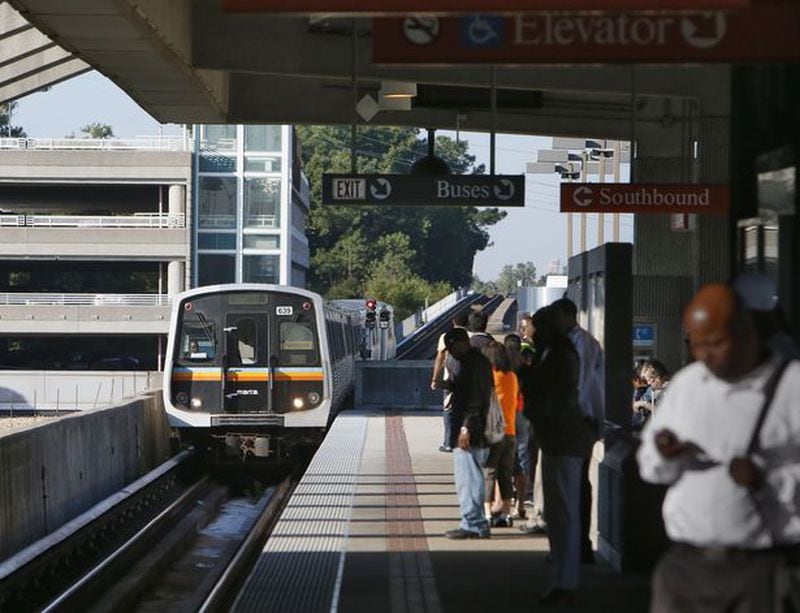How much would the average Fulton or DeKalb resident have to pay if sales taxes for MARTA were increased from 1 to 1.5 percent, as proposed?
According to the Georgia State University Fiscal Research Center, the answer is: $51 per year.
RELATED NEWS: MARTA bill faces uphill climb
Credit: Andria Brooks
Credit: Andria Brooks
If you include the 1 percent MARTA tax those individuals already pay, residents who approve the tax increase would pay a total of about $153 annually.
For the average family of 2.8 people, a half-percent hike would cost about $143 more per year. That's about $429 if you include what they pay for the existing MARTA tax.
The figures are based on the average annual pretax income for the region of $58,824. They come from a 2012 study that looked at the potential impact of a 1 percent Transportation Special Purpose Local Option Sales Tax (which voters overwhelmingly rejected in 2012.)
There's a caveat -- the study looked at impacts for residents of the entire 10-county TSPLOST region, not just Fulton and DeKalb.
The numbers are still a good basis for gauging the impact of the MARTA tax because the results would not vary much from county to county in this region, and there has been very little inflation since 2012, said Peter Bluestone, a senior research associate who conducted the study for GSU.
Bluestone said his analysis was based on consumer expenditure surveys from the U.S. Bureau of Labor Statistics, which economists commonly rely on for studies of this sort.
"The data is not readily available at county levels, but it's probably as close as you're likely to get," Bluestone said.
Whether those dollar amounts sound like a lot or a little to you, they are significantly smaller than some of the figures cited recently by opponents of the MARTA plan.
Sen. John Albers, R-Roswell, stated last week in a Senate State and Local Government committee meeting that the average Fulton resident would pay about $400 per year toward MARTA under the proposed tax increase. Albers later said he got the information from Alpharetta City Councilman Jim Gilvin.
READ MORE: Millennial group pushes MARTA expansion
READ MORE: North Fulton doesn't want expanded MARTA rail
Gilvin said he came up with the number by dividing the projected revenues from a 1.5 percent MARTA tax in 2018 by Fulton County's population of 984,293.
"The figure represents the amount that would be collected and spent on behalf of each and every man, woman and child in Fulton County based on the best information available," Gilvin said in an email.
Gilvin acknowledged his math did not account for the portion of the sales taxes paid by the hordes of workers, travelers and tourists passing through the counties each year.
According to Bluestone, the GSU researcher, dividing projected tax collections by population creates an inaccurate picture of the potential impact on residents.
"That would inflate the amount that the actual residents are paying," Bluestone said.
Here is a link to the GSU study in full, which includes estimates for other income groups: GSU Fiscal Research Center.







